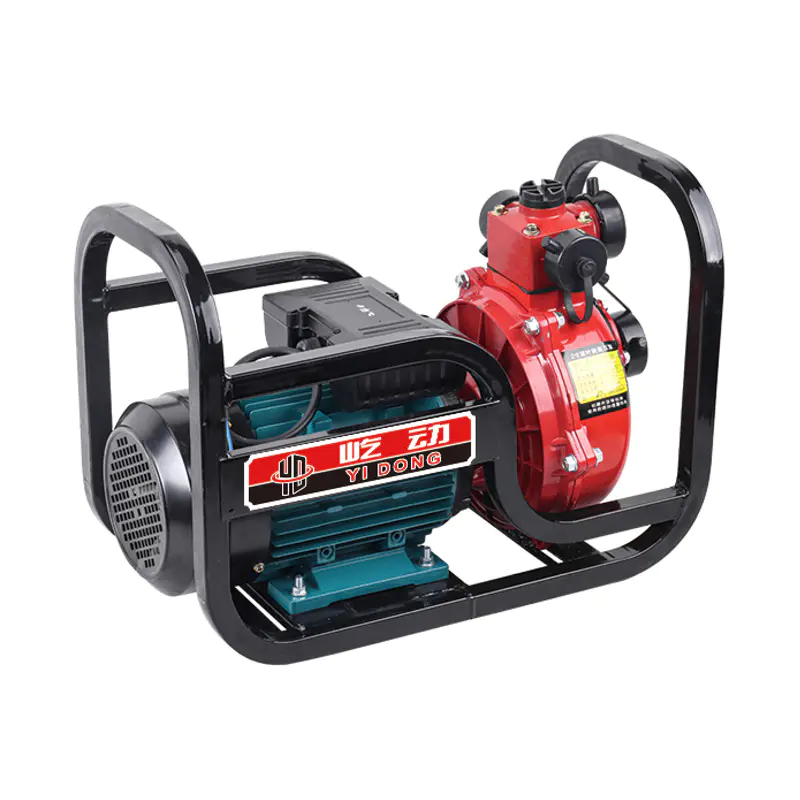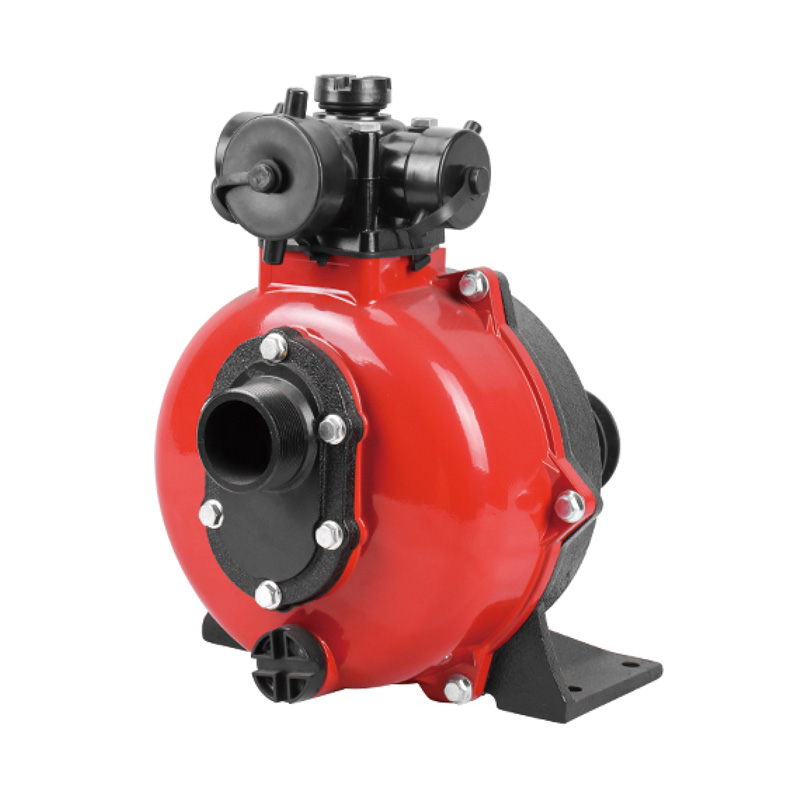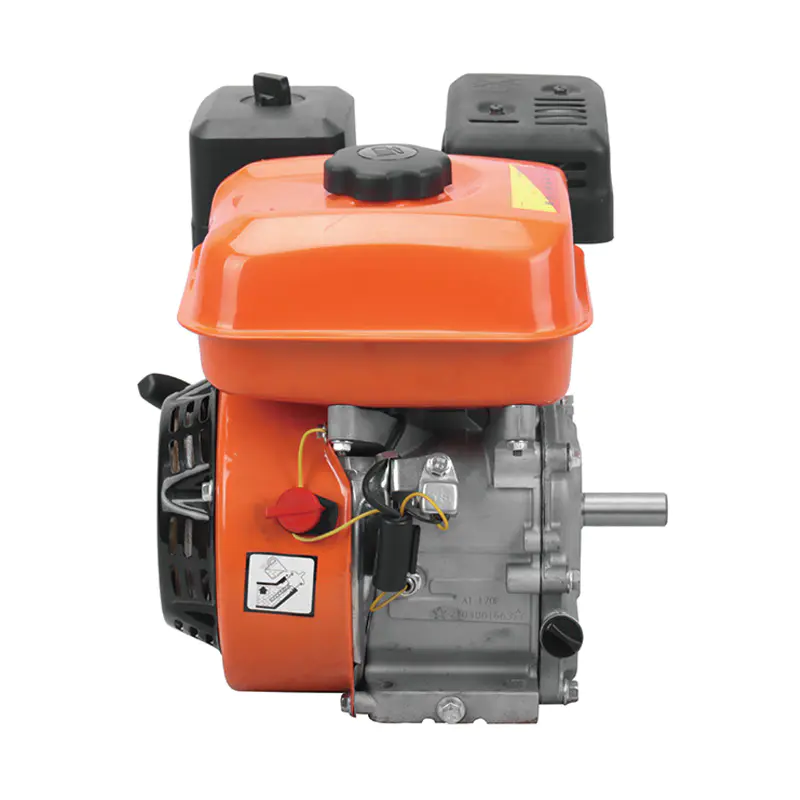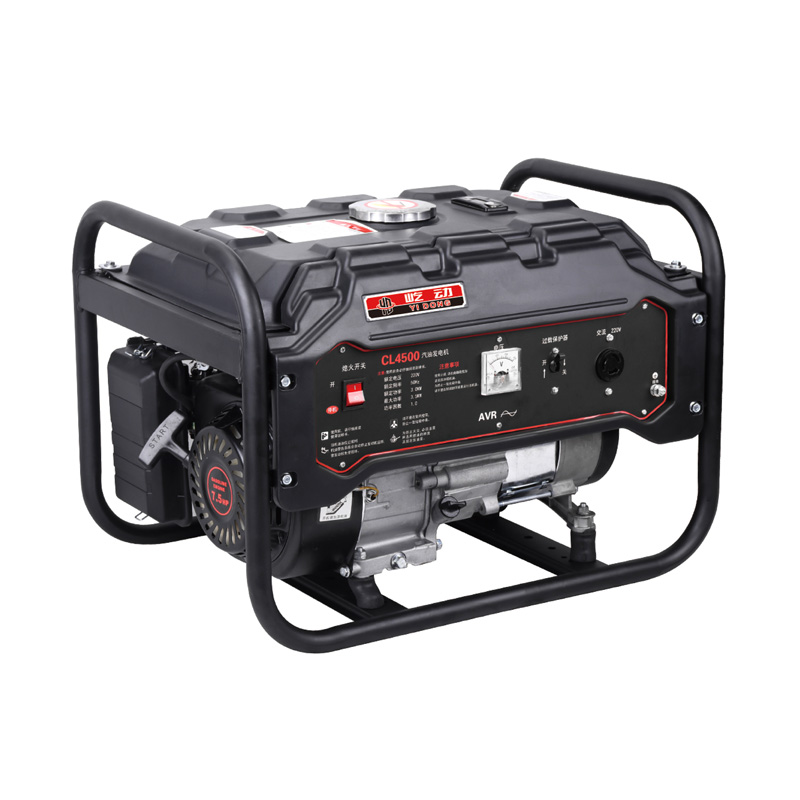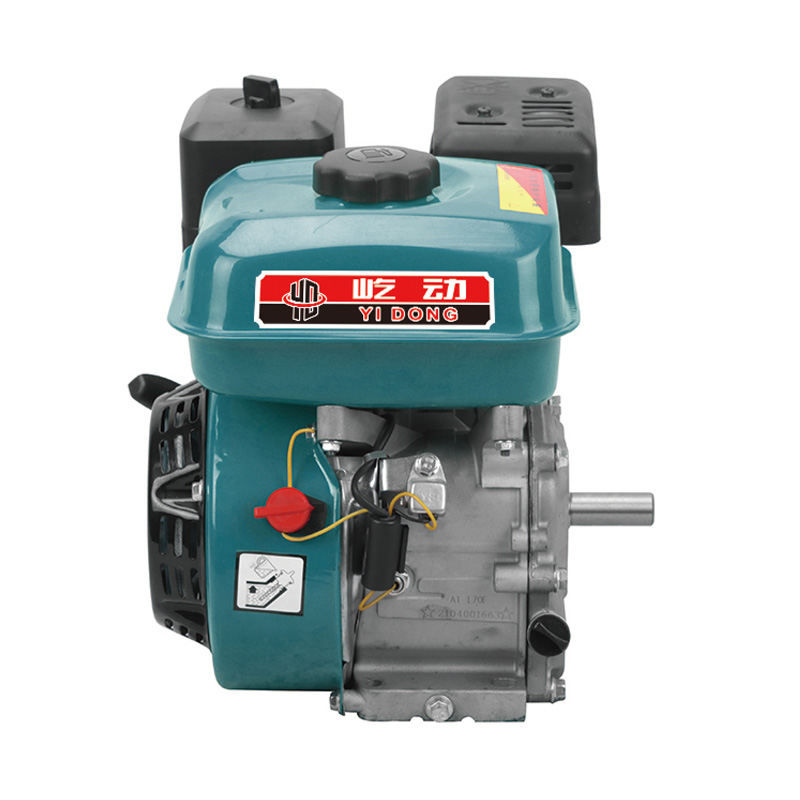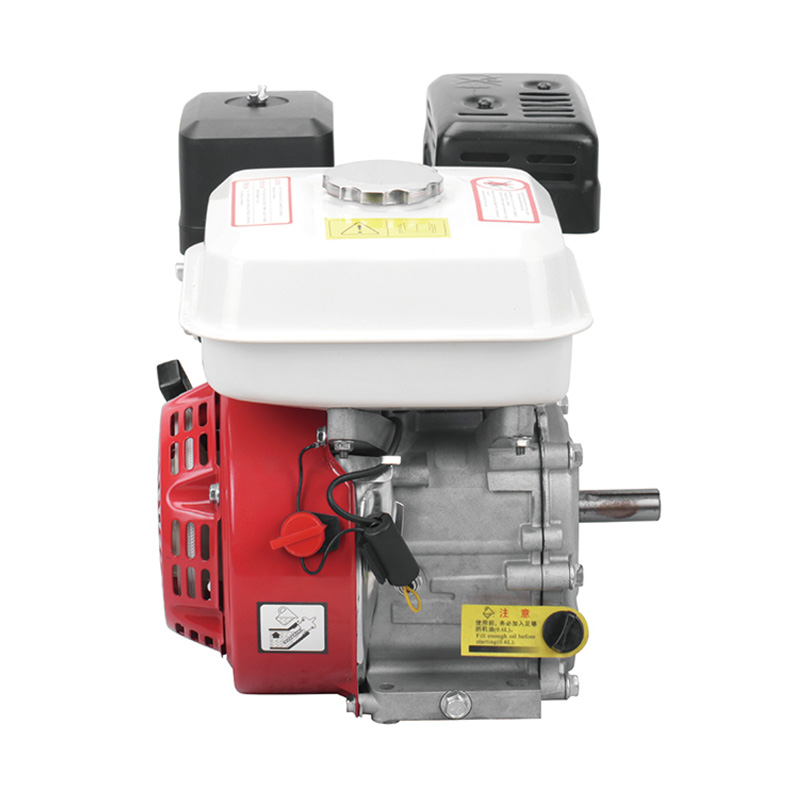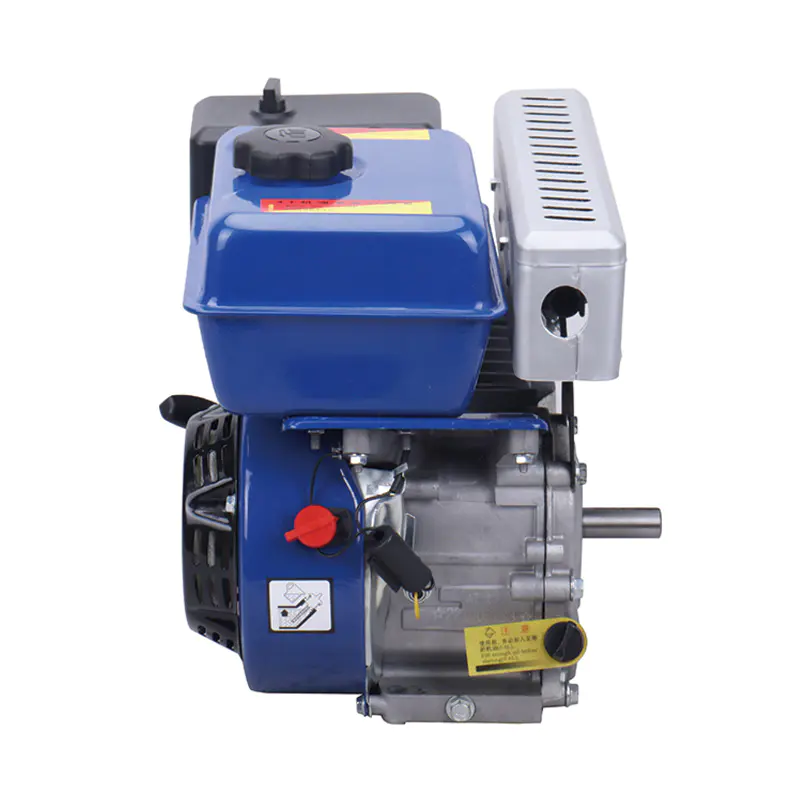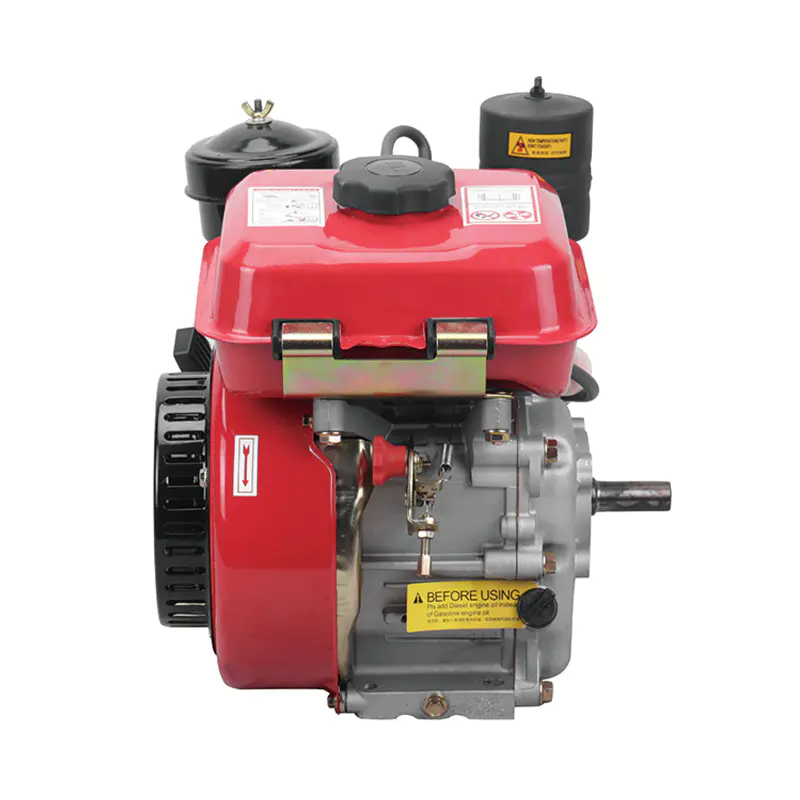The Importance of Maintenance: An Overview
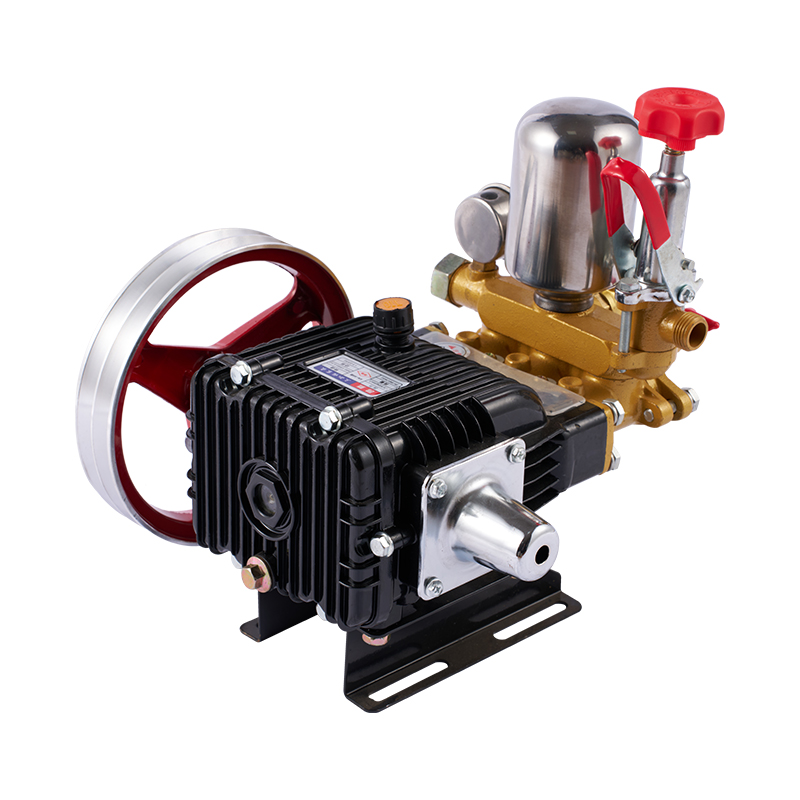
Electric water drain pumps are crucial in managing water levels in environments such as basements, sump pits, and other areas prone to water accumulation. These devices are designed for durability and reliability, but like any mechanical system, they require regular inspection and maintenance to ensure performance and longevity. So, how often should these pumps be inspected and when is it necessary to replace them?
Routine Inspection: The Lifeline of Pump Performance
Inspection routines are essential for maintaining the health of electric water drain pumps. A thorough check-up helps identify potential issues before they escalate into larger problems. During these inspections, one should look for signs of wear and tear, such as cracks in the casing, loose fittings, or unusual noises. Additionally, it's important to check the electrical connections for any corrosion or damage. Regular inspections can save time and money by preventing unexpected pump failures and water damage.
Replacement: When to Say Goodbye to an Old Pump
The decision to replace an electric water drain pump is not one to be taken lightly. There are several indicators that it may be time for a new pump. If the pump is consistently struggling to move water, or if it's operating at a higher level of noise than usual, these could be signs of internal damage. Another clear sign is an increase in electricity consumption without a corresponding increase in performance. In such cases, the pump's efficiency has likely degraded, making replacement a more cost-effective solution in the long run.
Material Matters: The Submersible Challenge
Electric hand submersible water pumps are workhorses in the world of water management, particularly in agriculture and construction. These pumps are designed to operate in wet conditions, but they are not immune to material-related issues. This section will explore the material concerns that can affect the performance and service life of submersible pumps.
Material Degradation: Identifying the Signs
Materials used in the construction of electric hand submersible water pumps are chosen for their durability and resistance to corrosion. However, over time, these materials can degrade due to exposure to water, chemicals, and general wear. One of the signs of material degradation is a decrease in pump efficiency. This could manifest as the pump taking longer to fill a container or a noticeable drop in water pressure. Another sign is the appearance of rust or corrosion on the exterior of the pump, which can structural weakness and potential failure.
Preventing Material Issues: A Proactive Approach
To prevent material issues with electric hand submersible water pumps, a proactive approach is essential. Regular inspections should include a close look at the pump's exterior for any signs of rust or corrosion. If the pump is used in an environment with high levels of chemicals or abrasive materials, it's crucial to clean and maintain the pump more frequently. Applying protective coatings or using materials resistant to specific chemicals can also prolong the life of the pump.
The Impact of Materials on Pump Lifespan
The choice of materials can significantly impact the lifespan of an electric hand submersible water pump. High-quality materials can withstand the rigors of continuous submersion and the corrosive effects of certain water chemistries. However, if the pump is made from materials that are prone to corrosion or wear, it may require more frequent replacement. Understanding the environment in which the pump will operate is crucial for selecting the appropriate materials and ensuring the pump's longevity.



 English
English русский
русский Français
Français Español
Español عربى
عربى